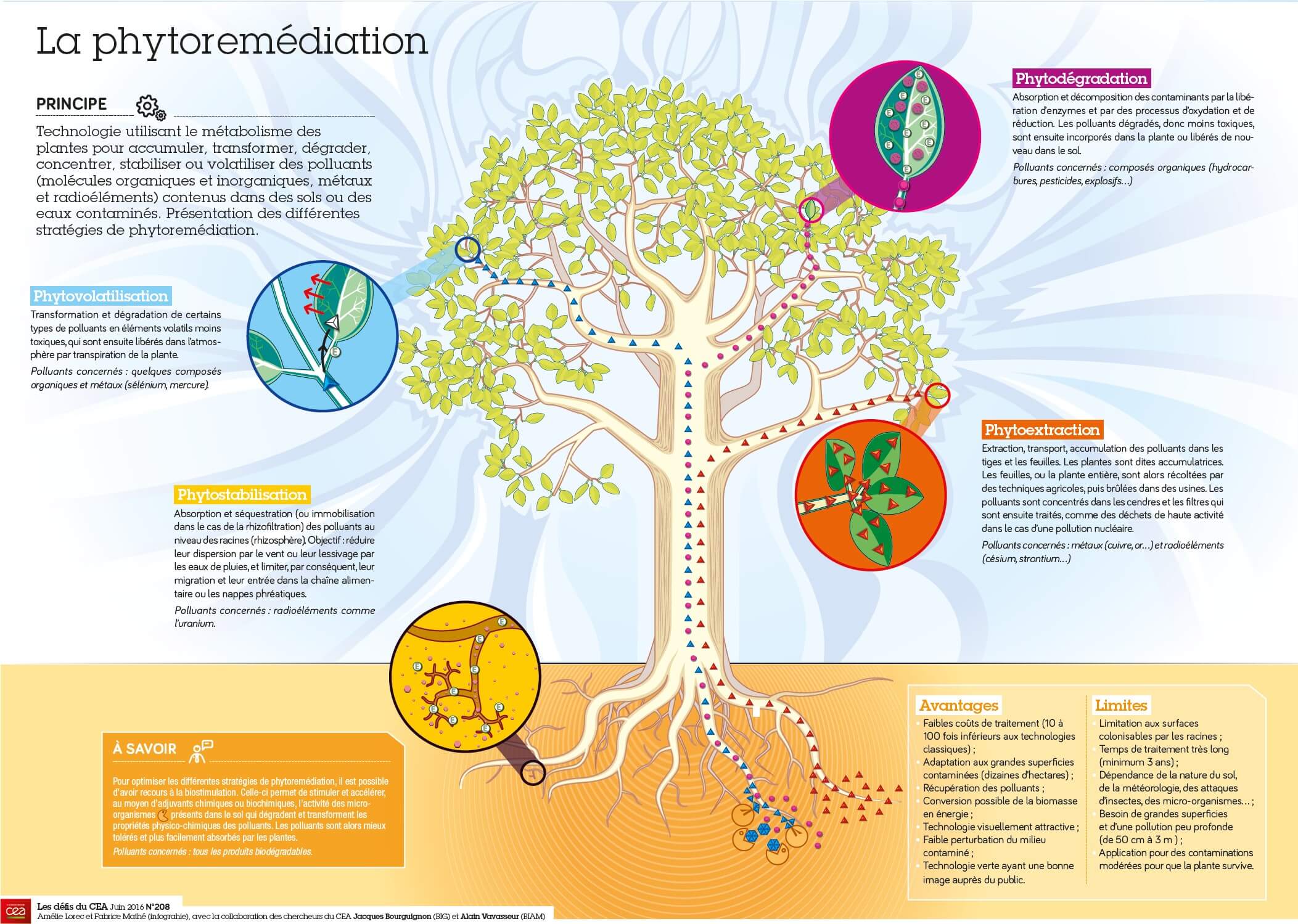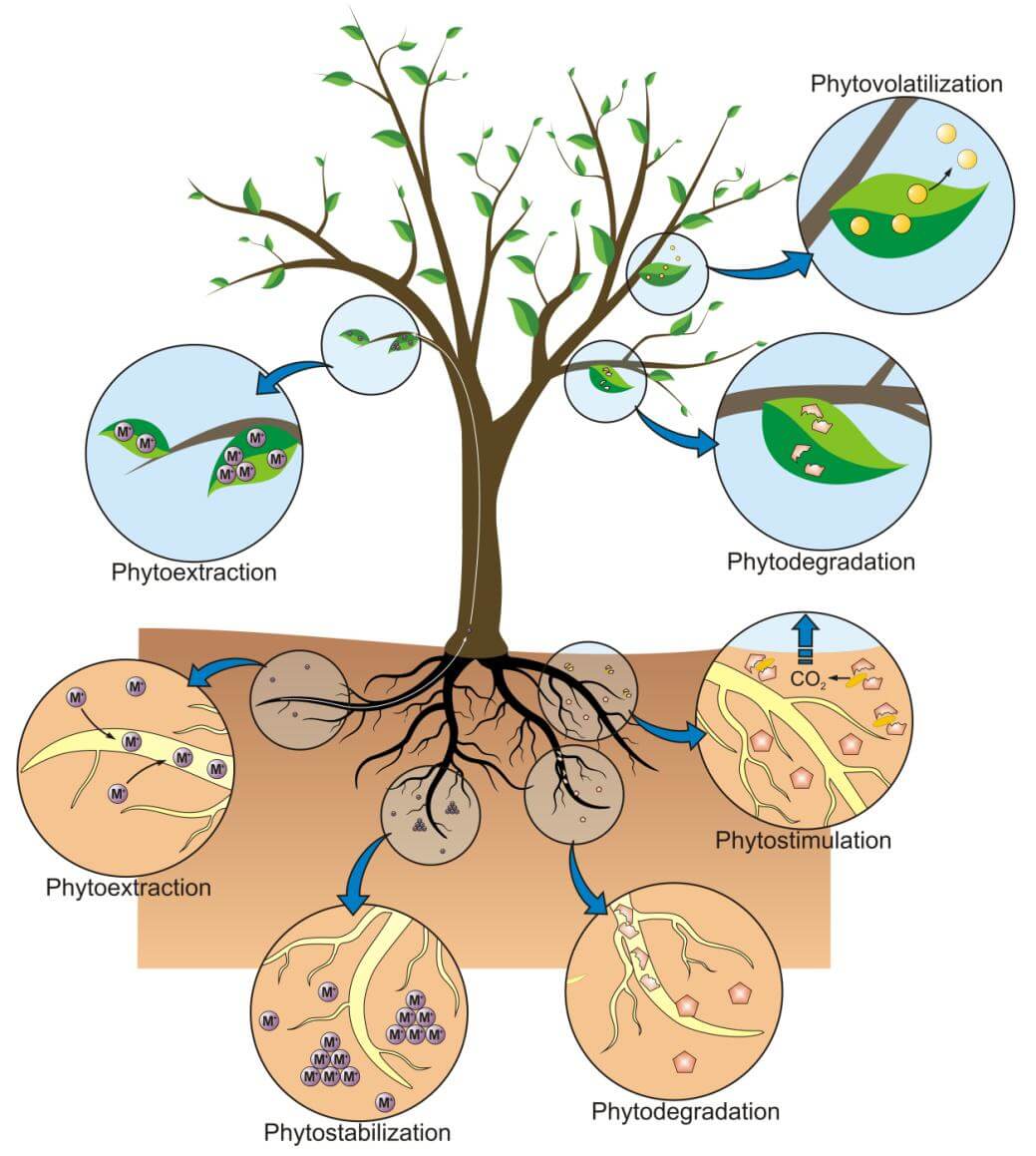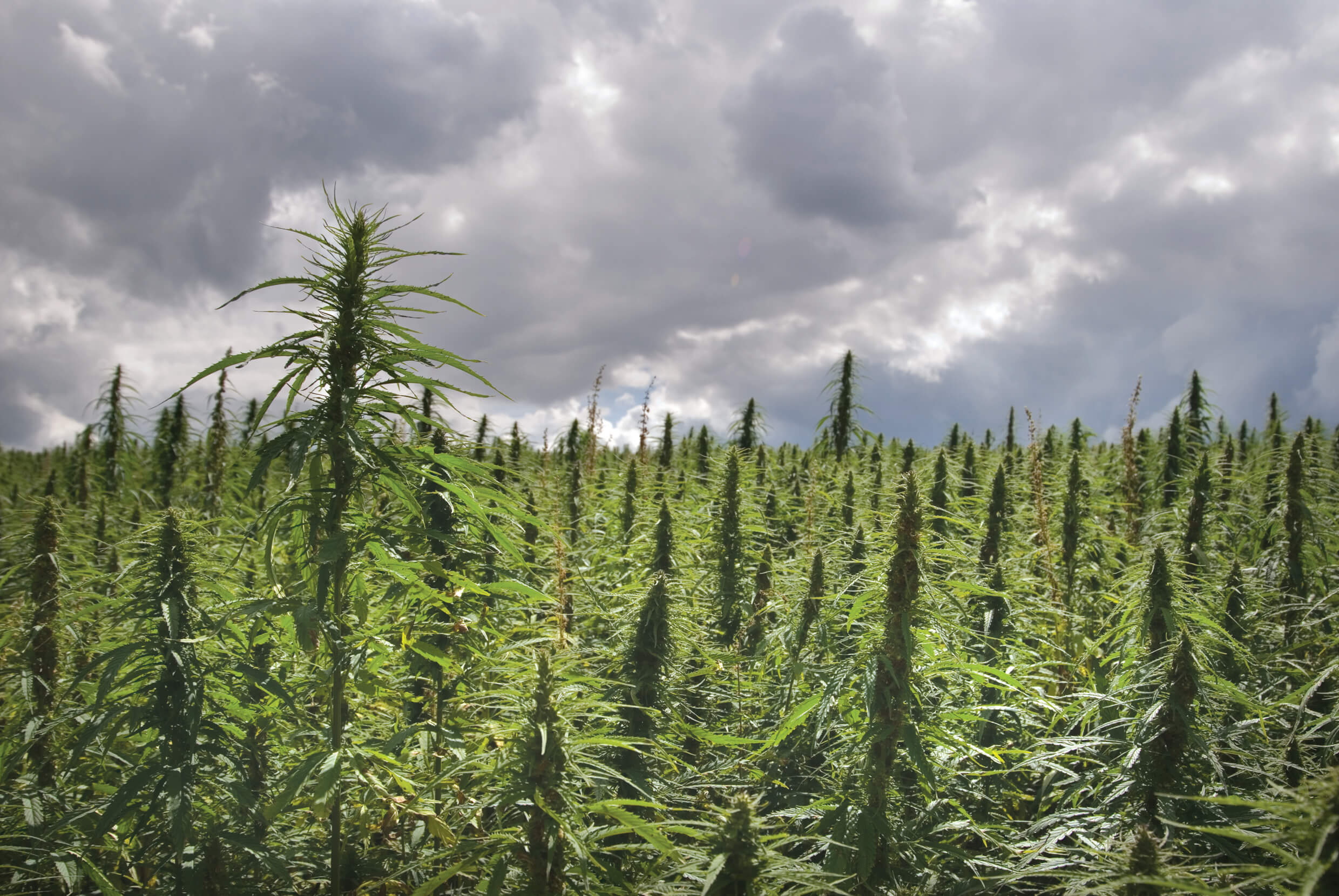Cannabis for soil cleanup- Alchimia Grow Shop

For several decades, environmental pollution has been a central concern. In fact, it can have serious consequences for humans and for the planet itself: we’re talking about the Anthropocene era. There are different forms of pollution; in this article, we’ll discuss soil contamination by heavy metals and radioactive elements, and one possible solution involves the cannabis plant.
What is soil pollution?
Soil contamination can result from the accumulation of non-biodegradable substances in the soil or from the accumulation of biodegradable substances whose biodegradability rate is lower than the accumulation rate.
Soil contamination is a public health issue because it can contaminate the food chain. These pollutants can then be stored in the soil or carried by runoff into nearby waterways, into the water table, or even evaporate into the atmosphere.
Broadly speaking, we can differentiate between:
- Inorganic contaminants, such as nitrates, phosphates, and heavy metals.
- Organic pollutants, such as hydrocarbons, chlorinated solvents, pesticides, and dioxins.
A very worrying form of soil contamination is that caused by heavy metals. In fact, these contaminate ecosystems, degrade soils, rendering them infertile, and can have repercussions for humans by contaminating the food chain.
Metal contamination is terminal contamination, meaning that despite the efforts of scientists, metals are chemical elements that cannot be modified, altered, or transformed. Some are essential in very low doses, but toxic in excess.
The main heavy metals emitted into the atmosphere by human activities are zinc (Zn), copper (Cu), nickel (Ni), lead (Pb), chromium (Cr), selenium (Se), arsenic (As), mercury (Hg), and cadmium (Cd). Mercury, lead, and cadmium are of particular concern because they have highly toxic effects on the nervous system.

Floor cleaning solutions
Physicochemical methods have been implemented to decontaminate soils contaminated by heavy metals. These involve excavating the contaminated soil, then treating it off-site, and finally replacing it with uncontaminated soil. Needless to say, these methods are expensive and difficult to implement due to the extraction, movement, and replacement of contaminated soil.
However, in recent years, a new technique has been developed: phytoremediation. Phytoremediation is a method of soil decontamination (as well as wastewater purification or indoor air cleaning) using plants or microorganisms. Indeed, the latter can accumulate, degrade, or even, in certain cases, eliminate certain pollutants.
Phytoremediation is thus established in 4 subdomains:
- Phytostabilization, which consists of the use of certain plants to prevent the dispersion of contamination by stabilizing the contaminant through the roots.
- Phytodegradation, where certain plants are used to degrade organic pollutants, transforming them into less toxic compounds.
- Phytovolatilization highlighting the ability of certain plants to volatilize specific molecules to dilute pollutants in the atmosphere.
- Phytoextraction, which reflects the ability of plants to extract contaminants such as heavy metals and accumulate them in their aerial parts. After reaching saturation, these plants are incinerated, and the ashes are stored in a safe place.

Each phytoremediation zone requires specific plants. Several species have already demonstrated their effectiveness in the phytoextraction of heavy metals. This is particularly the case for plants belonging to the Asteraceae family (sunflower, chicory), the Brassicaceae family (rapeseed, cabbage), and grasses (bamboo, corn), as well as certain trees and shrubs, such as some species of poplar and willow.
The case of Cannabis Sativa for soil decontamination
Recently, research has been conducted on the use of the hemp plant as a means of remediating soils contaminated by heavy metals. In fact, hemp is a very resilient plant that can grow in the harshest environments, even those where all other life forms have been exterminated by humanity.
Furthermore, hemp is a so-called hyperaccumulator plant, meaning it has the ability to absorb metal particles from the soil and accumulate them in its biomass (roots, stems, and, more specifically, leaves). This phytoextraction process eliminates contaminants from the soil, making it healthy and viable again.
Phytoextraction occurs in several stages: uptake of heavy metals by the roots, their transport from the roots to the upper parts, their translocation, and then their accumulation in the aboveground parts. The leaf heavy metal content is therefore higher than the root content.

Here we have some examples:
Chernobyl
The Chernobyl accident was the most serious nuclear disaster of the 20th century. It occurred at the Lenin Power Plant in Ukraine (formerly the USSR) on April 26, 1986.
This accident was caused by the uncontrolled increase in the temperature of a reactor, causing the core to melt, which resulted in an explosion and the release of large quantities of radioactive elements into the atmosphere, causing widespread environmental contamination, as well as numerous deaths and illnesses caused immediately or in the long term by irradiation.
In this way, very high concentrations of various toxic elements were released, which contaminated the soil, the most affected area being the 30 km exclusion zone around the nuclear power plant.
One of the first names to emerge in the world of hemp phytoremediation was Slavik Dushenov, an expert in plant biology and soil ecology. He had actually participated in some of the work carried out by the Ukrainian government to decontaminate the Chernobyl soil. He later said:
“At Chernobyl, we demonstrated that hemp phytoremediation is a feasible technique for removing radionuclides from the soil in large, lightly contaminated areas. This could be done with cannabis or any other hyperaccumulating plant, as long as it is adapted to the soil characteristics and climate of the region.”
Several candidate plants have been identified that are capable of extracting cesium-137, strontium-90, and uranium-235 from the soil, which are among the main radioactive contaminants present at Chernobyl. Among these plants, sunflower and hemp showed the highest rates of bioaccumulation of radioactive contaminants, enabling the cleanup of contaminated land near the Chernobyl nuclear power plant.
Philippe Giasson, associate professor of Earth and Atmospheric Sciences at the University of Quebec in Montreal (UQAM), explained: ” Certain hemp species can absorb up to 3% of their dry weight .”

Fukushima
The Fukushima accident, like Chernobyl, is a major nuclear accident classified at level 7 (the highest) on the International Nuclear Event Scale (INE), given the significant volume of radioactive releases. It began on March 11, 2011, in Japan, following the earthquake and tsunami that occurred a few hours earlier.
In Fukushima, the Tokyo Electric Power Company (TEPCO) is desperately seeking ways to decontaminate the radiation emitted by the explosion at the Fukushima Daiichi nuclear power plant. In fact, the radiation from the accident crossed the Pacific Ocean and began reaching the West Coast of America: repercussions on marine life could be observed from Southern California to Canada. Therefore, it is imperative to find solutions, and the example of Chernobyl hemp phytoremediation is one of them. However, it faces a significant problem: the formal prohibition of cannabis in Japan.
It’s important to know that at the beginning of the 20th century, medical cannabis was authorized in Japan to combat insomnia and relieve pain. However, this attitude toward the therapeutic benefits of this plant changed after World War II, when American troops occupied Japan and imposed a cannabis ban in 1948. Under Japan’s Cannabis Control Act, a person can face up to 5 years in prison if caught with a single joint.

While TEPCO was still searching for solutions, residents took the initiative. Buddhist monk Koyu Abe launched a project called ” Make a wish upon flowers,” asking Japanese residents to plant sunflower seeds to carry out a phytoremediation process in the Fukushima region.
As we saw earlier in the Chernobyl case, the sunflower is a plant capable, like hemp, of decontaminating areas affected by radioactivity. What’s more, this plant is legal. As for hemp, the idea is being studied by the Japanese government, but it doesn’t seem to have been implemented yet.
The limits of phytoremediation
Despite the considerable advantages of phytoremediation, which include the absence of soil disturbance—a so-called natural process—as well as its low cost, this technique has limitations. The main one concerns the time involved: it is long, very long…Phytoremediation is not suitable if rapid soil cleanup is required. According to Professor Michel Labrecque of the Plant Biology Research Institute, ” in highly contaminated soils, this process can take up to 50 years.”
Furthermore, once the plants have absorbed the heavy metals, they become contaminated. Therefore, an incineration process at around 500°C is necessary to ensure that only the organic matter is burned and not the pollutants. The pollutants are then concentrated in the ash, which will then be treated as radioactive waste: “It’s better than having to manage tons of contaminated soil“, according to Philippe Giasson, a researcher at the University of Montreal’s Institute for Research in Geochemistry. This biomass incineration can also be used to produce energy.




